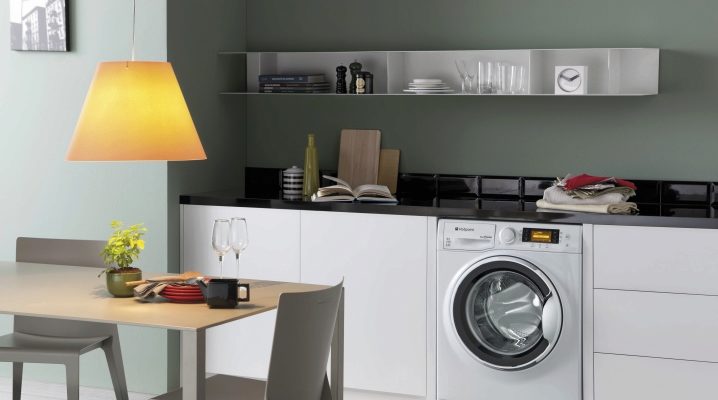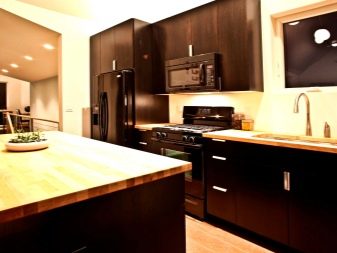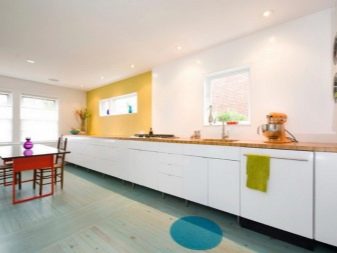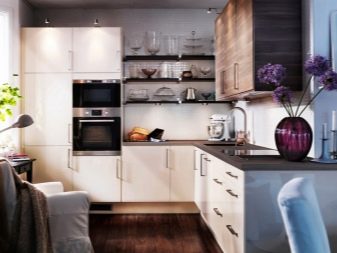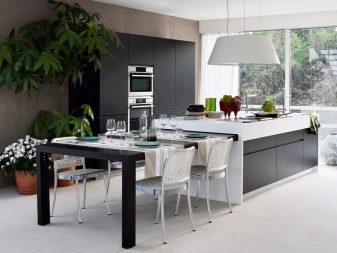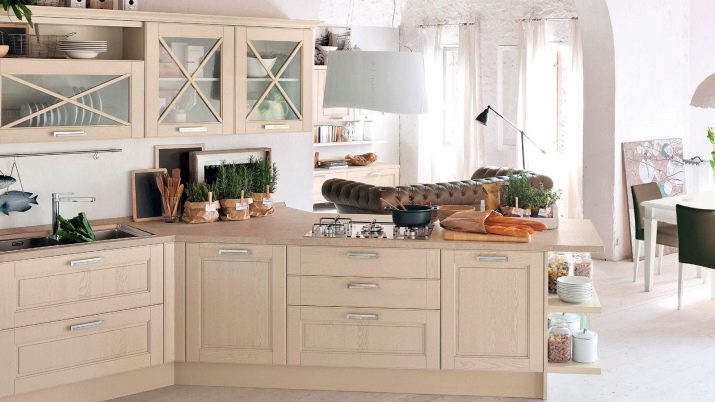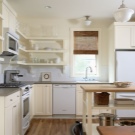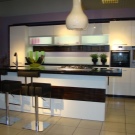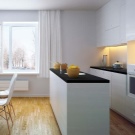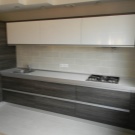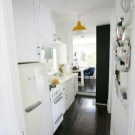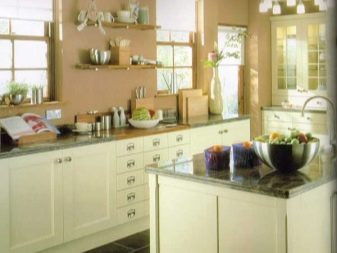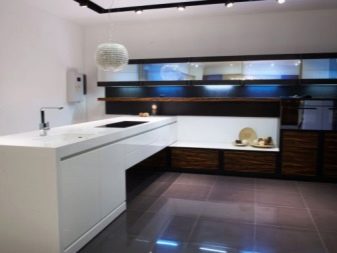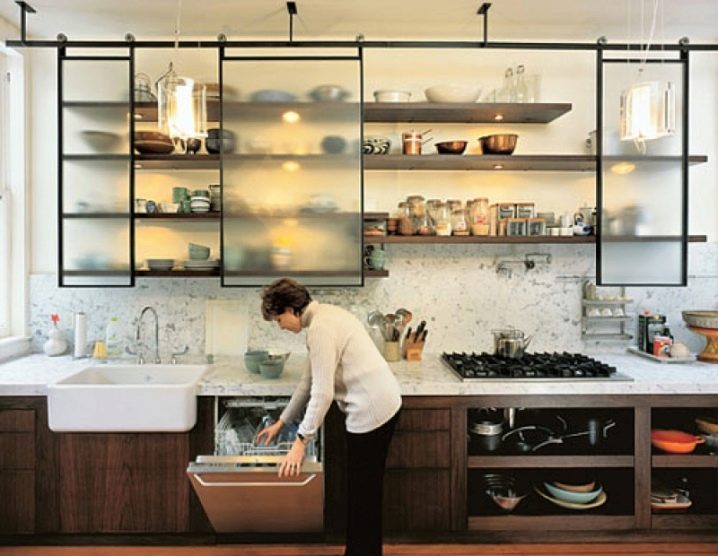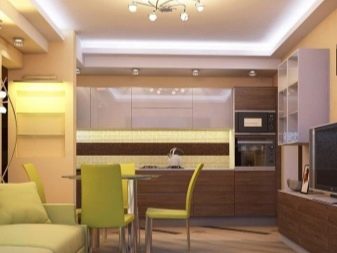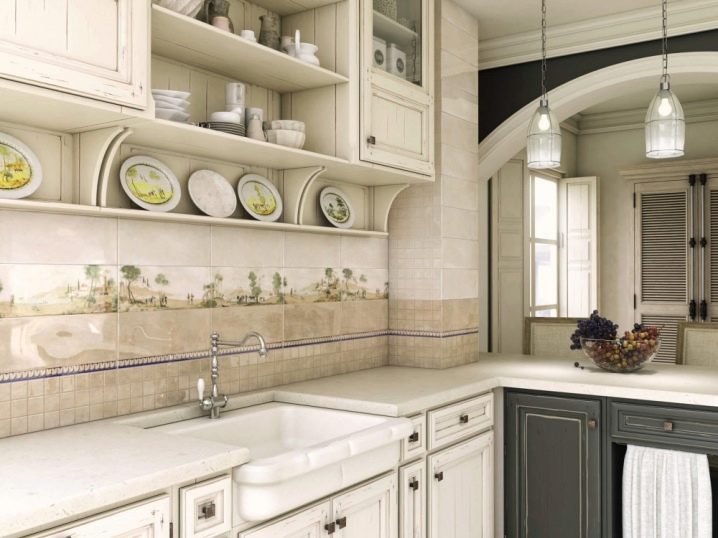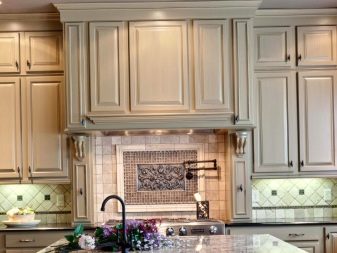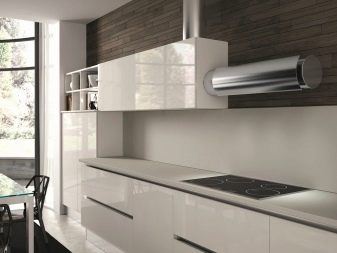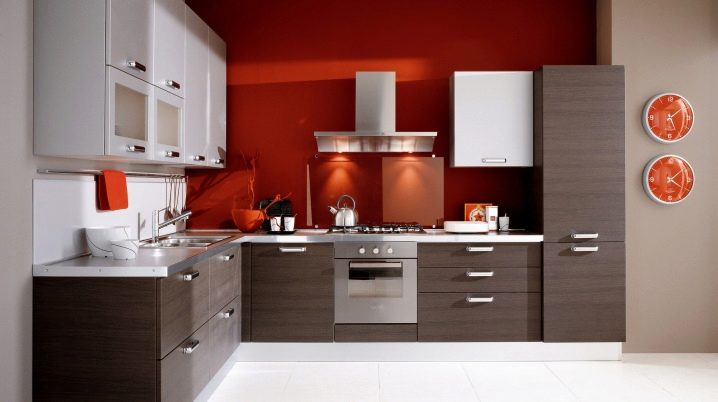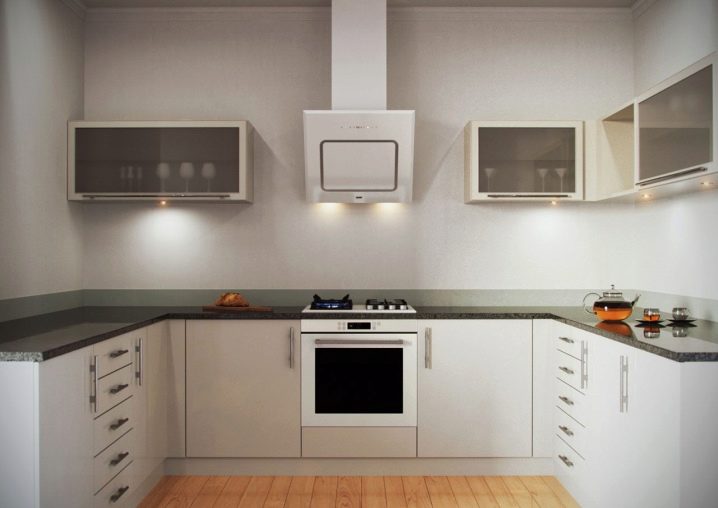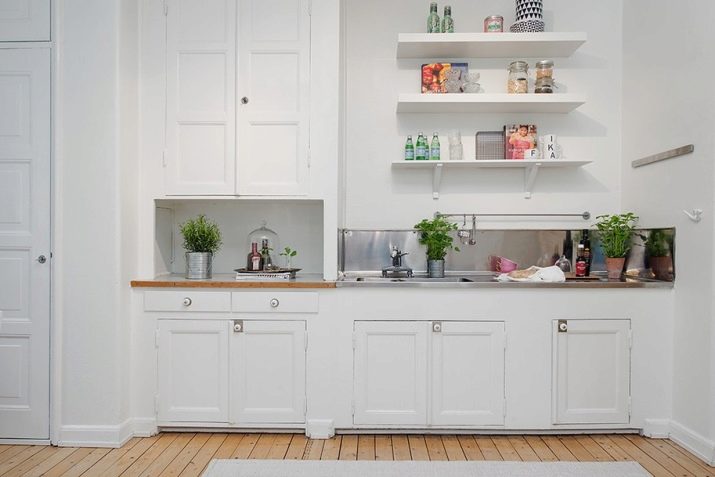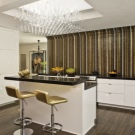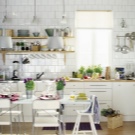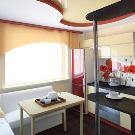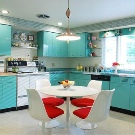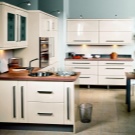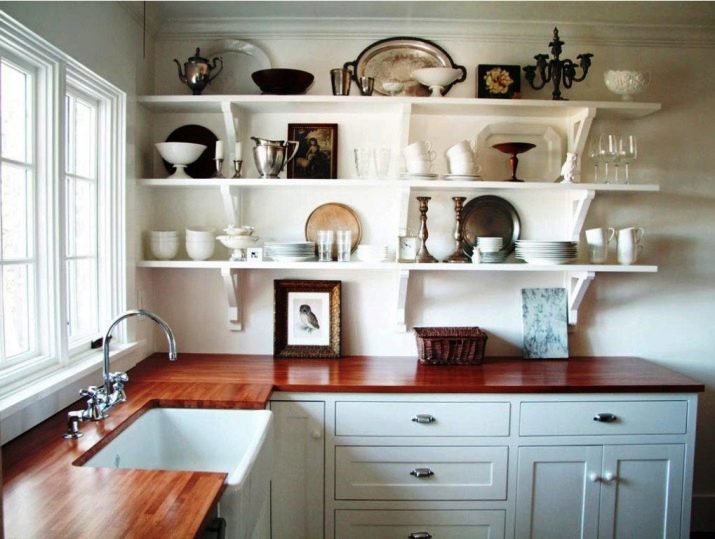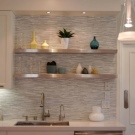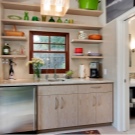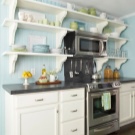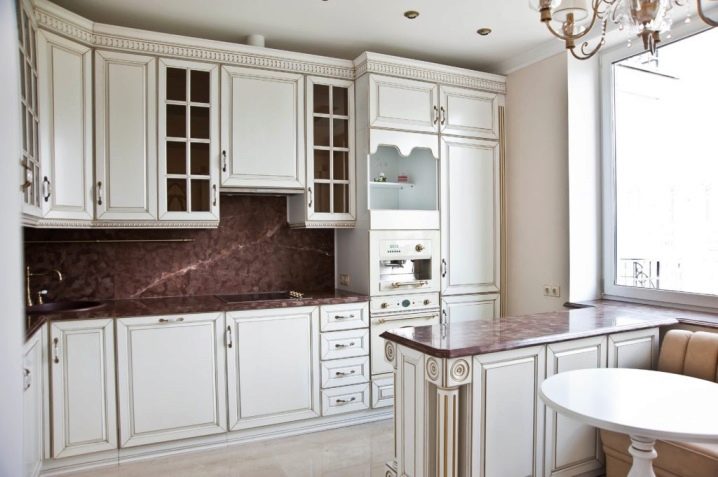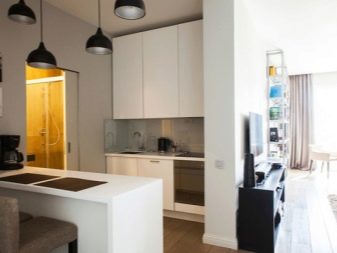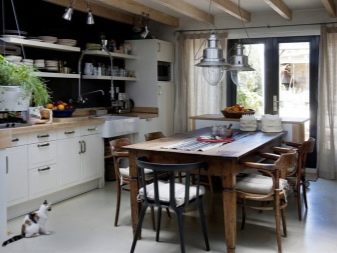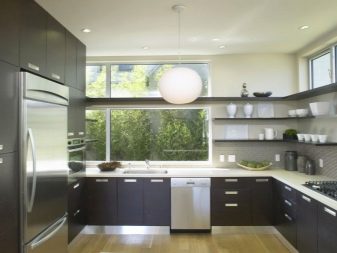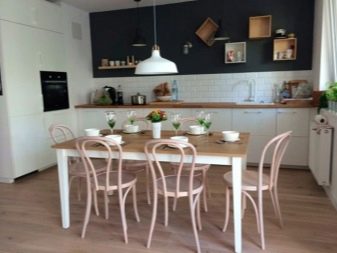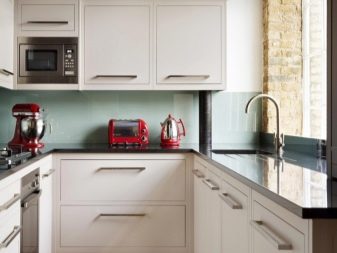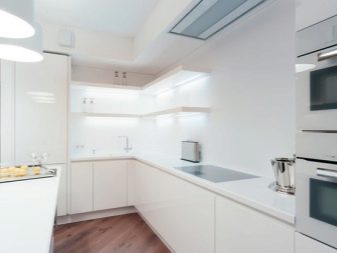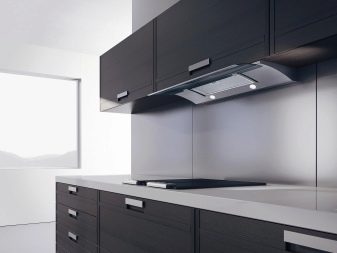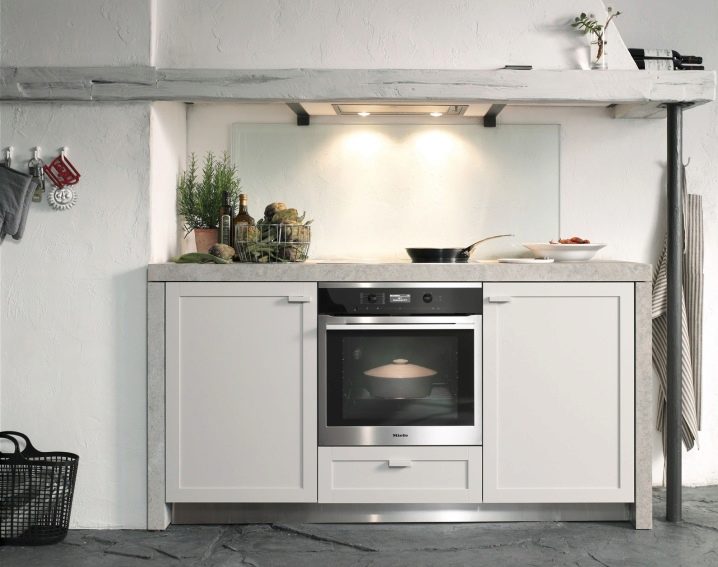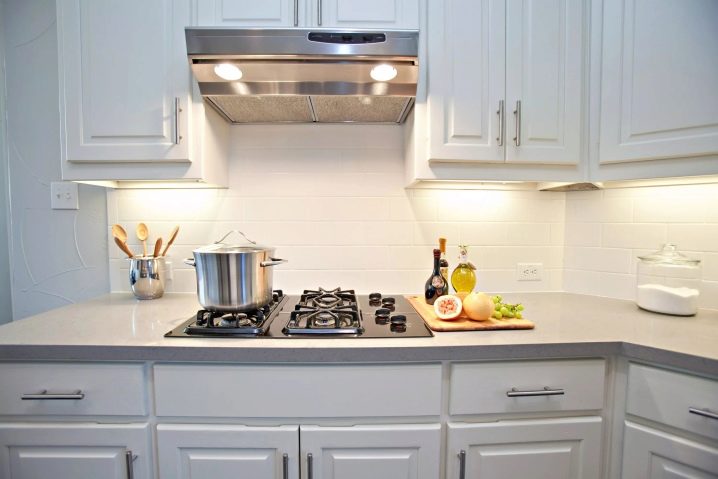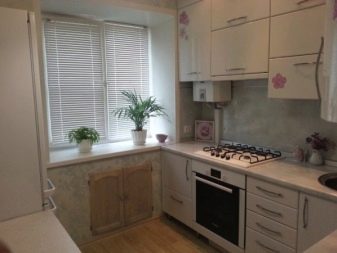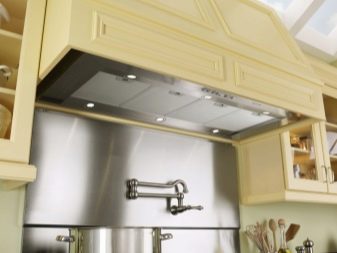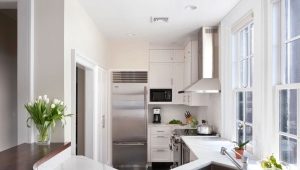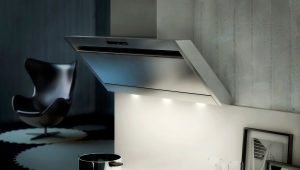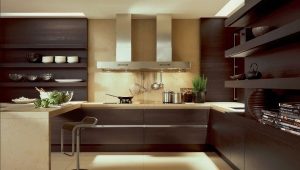Kitchen without hood
A kitchen is a special room in an apartment or house, so to speak, its heart. The welcoming hostess, meeting the guests, invites them to the kitchen to drink tea and treat them to something tasty. Even despite the frantic rhythm of modern life, from time to time all family members gather in the kitchen, for example, at dinner or a family celebration.
In carrying out repairs, be sure to carefully consider the interior of the premises. If the kitchen is not large and space is limited, the design of the room should be carefully planned.
Particular attention should be paid to the location of household appliances. A very pressing issue is also the need to install an exhaust system above the stove. Perhaps you are thinking that you can do without a hood.
Should I install?
Now there is a lot of debate about the need to install a hood in the kitchen. Users and bloggers are divided into two camps - supporters of traditional cuisine, in which there must be an extractor hood over the stove or hob,and ardent opponents - adherents of kitchen design without hood.
Some users in their reviews insist that the hood is a relic of the past. This device takes up a lot of space and you should not install it in a small room in Khrushchev.
Other users in their reviews write about the need to install the exhaust system not only as an aesthetic element for the interior of the room, but also as a mandatory functional attribute, without which you just can not do in the kitchen, especially if the hostess spends a lot of time there for cooking.
The main arguments against installing the hood
Heats up the discussion about the need to equip the kitchen with exhaust systems, the presence of arguments against this household appliance:
- "You can easily do without a hood, just use ventilation systems. Hoods are a relic of the past, their installation is beneficial only to manufacturers of household appliances."
- "Hood is an element of risk to health, because fat particles in which microbes and bacteria multiply are deposited on the grease trap in this device." If you carry out the cleaning in time and replace the filters in this device, then the use of the hood is absolutely safe.In addition, fat also accumulates on the stove and kitchen furniture, provoking the formation of bacteria.
- "During operation, the hood produces a lot of noise, causing discomfort." It is worth remembering that the kitchen is a place where it is always noisy, as food cooks on the stove (for example, roasts meat), water flows from the tap (when washing food or dishes), a refrigerator, a microwave oven also emit certain sounds. Therefore, another device will not be such a significant source of noise, especially if you choose a model of the hood, which does not make a lot of noise during operation.
Why do we need a hood in the kitchen?
An exhaust hood is a necessary and useful household appliance. It allows you to get rid of not only unpleasant odors and their distribution around the apartment, but also cleans the air from various impurities that are formed during cooking. Thanks to the air circulation and its cleaning, the kitchen will always have a fresh and pleasant smell.
Very often, housewives use it as additional lighting over the stove. In the evening, you can not turn on the light in the kitchen, and going into this room to check the readiness of food, it is enough to turn on the light in the hood.
The modern design of exhaust systems allows you to organically fit this device into the interior of the room.So this device will be a highlight in the kitchen setting, creating a unique and unusual design of the room.
Advantages and disadvantages of a kitchen without exhaust system
Finally determined by the need to install this household appliance in the kitchen, it is necessary to consider the advantages and disadvantages that are characteristic of a room without exhaust.
The main advantages of the kitchen without hood:
- Creating a concise, discreet design that is not burdened by unnecessary household appliances;
- More space, which is especially appreciated in the kitchens, small in size, for example, in the Khrushchev;
- No sources of additional noise.
If your kitchen is equipped without using a hood, you may encounter some problems:
- While cooking, the smell will spread through the apartment. This is especially true if you like fried foods;
- Evaporating grease and soot will be absorbed into clothing, furniture and household appliances, exuding an unpleasant odor;
- You will constantly need to open a window or vent for airing. It will not be very comfortable in the cold season. If there is a draft, you risk catching a cold and getting sick.If flowers grow on your window sill, they will also not be in awe of sudden changes in temperature;
- You will often have to do general cleaning in this room to get rid of the yellow sticky film that covers not only furniture and appliances, but also the walls and the ceiling in the kitchen;
- The kitchen will very quickly lose its perfect look. Wall-paper or other finishing material for walls will get a yellowish shade. So soon you will have to do regular repairs;
- During use of the gas stove, carbon monoxide is formed, which is very harmful effect on human health.
Agree, the disadvantages of the lack of a hood in the kitchen are much more than advantages. The final decision, of course, you take, but you should seriously consider the issue, so that later you will not regret and urgently carry out another interior alteration.
When can I do without a hood?
There are situations where you can do without installing the exhaust system above the stove.y. Here are some examples:
- If you practically do not cook in the kitchen, this room is used as a dining room.
- You have installed a powerful electric fan that copes with the fumes and odors that occur during cooking.
- You have purchased an ultra-modern electric stove. In the process of operation of this household appliance, carbon monoxide is not produced, the emission of which is inherent in gas analogues.
Compromise solution
Compromised solution for small spaces becomes built-in appliances. She succinctly fits into the design of the room and does not focus on the limited space.
An exhaust hood, like any other household appliances, can be built in, for example, in a hinged closet of a kitchen or worktop. This device has several advantages compared with other models:
- Compactness - does not take a lot of place. Saving free space is especially important for small kitchens.
- It does not attract attention - it is perfectly integrated into the furniture for the kitchen.
- Availability of additional functions. For example, in the drawer where the hood is built in, you can store a variety of kitchen utensils.
- They allow you to create a trendy and stylish room design,preserving its integrity and not getting out of the general interior of the room.
The only drawback is that built-in hoods are more expensive than ordinary classic suspended models. But this disadvantage is easily justified by the versatility and aesthetic appearance.
Make an informed decision about the need to install the hood in the kitchen, and then you will be pleased to be in this room, and you will be happy to pamper your household with tasty and healthy food.
